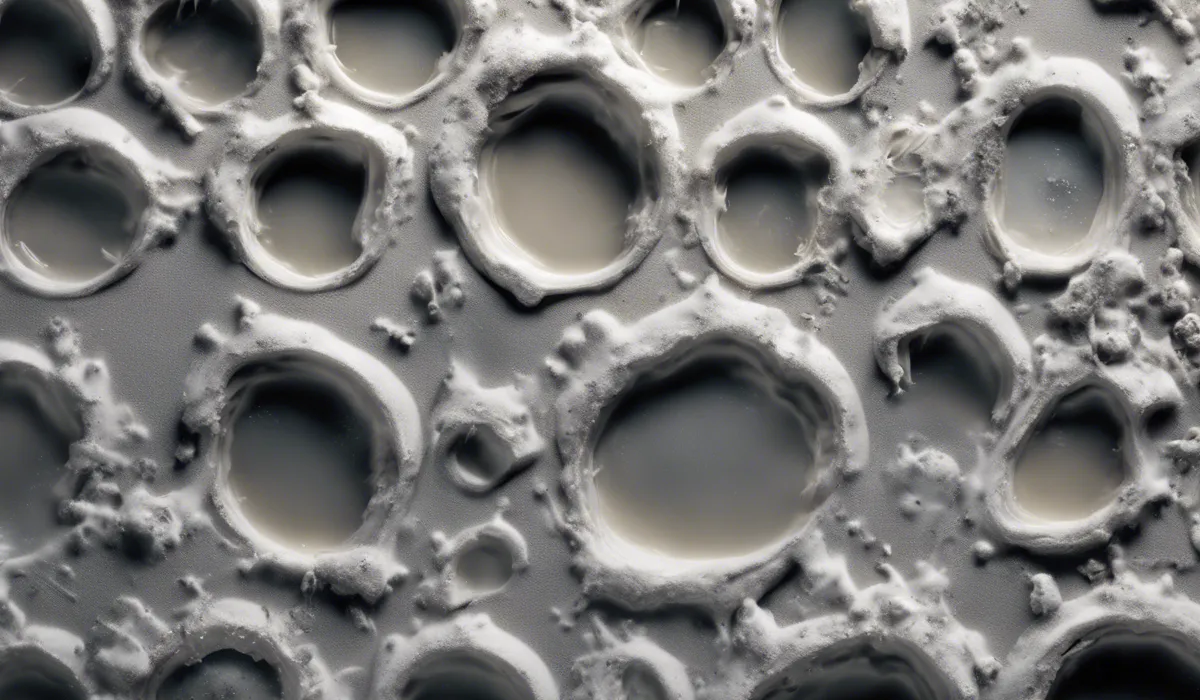There are over 100,000 different types of mold, ranging from harmless to toxic species. These include common indoor molds like Aspergillus, Cladosporium, and Stachybotrys, known as black mold.
Understanding Mold Diversity

Definition of Mold
Mold is a type of fungus that grows in the form of multicellular filaments called hyphae. It thrives in moist environments and can be found both indoors and outdoors.
Mold plays a crucial role in nature by breaking down dead organic matter; however, when it grows unchecked in homes, it can cause problems.
Overview of Mold Classification
Molds are classified into various groups based on their life cycles, the way they reproduce, and their impact on humans and the environment.
Scientists categorize molds into three major groups: Zygomycota, Ascomycota, and Basidiomycota, each with distinctive characteristics.
Factors Contributing to Mold Diversity
The diversity of mold species is influenced by several factors. These include the availability of nutrients, moisture levels, temperature, and the presence of other competing organisms.
Each environment provides a unique set of conditions that can support a variety of mold types.
Role of Spores in Mold Reproduction and Variety
Mold reproduces through tiny spores that are capable of traveling through the air. These spores can settle on surfaces and, if conditions are right, grow into new mold colonies.
The variety of mold increases with the variety of spores, which are adapted to survive in different environments.
Major Categories of Mold

Allergenic Molds
Common Types and Their Effects on Health
Allergenic molds are types that can cause allergic reactions in some people. Common indoor molds like Aspergillus and Penicillium produce spores that, when inhaled, can lead to symptoms such as sneezing, coughing, and itchy eyes in sensitive individuals.
Pathogenic Molds
Examples and Their Implications for Individuals with Weakened Immune Systems
Pathogenic molds can cause infections and diseases in people with compromised immune systems.
For instance, Aspergillus can lead to aspergillosis, a serious lung condition. Such molds are particularly risky in hospital settings where patients might already be vulnerable to infections.
Toxigenic Molds (Mycotoxins)
Identifying Dangerous Molds and Their Potential Health Risks
Toxigenic molds produce mycotoxins, which can be very harmful to humans and animals. Stachybotrys, often called black mold, produces toxins that can cause serious health issues like respiratory problems and even neurological damage if exposure is prolonged.
Estimating the Number of Mold Species

Challenges in Estimating Mold Species
Estimating the exact number of mold species is challenging because molds can be found in a wide range of environments, many of which are not easily accessible for study.
Additionally, new species are regularly discovered, which adds to the complexity of accurately estimating their numbers.
Current Scientific Estimates and Research
Scientists currently estimate that there are over 100,000 different types of mold. Ongoing research continues to uncover new species and learn more about their characteristics and impacts on ecosystems and human health.
Common Molds Found in Homes and Buildings
In homes and buildings, the most common molds include Cladosporium, Aspergillus, and Stachybotrys. These molds can often be found in damp areas like basements, bathrooms, and areas with water damage or high humidity.
Importance of Mold Identification and Remediation
Identifying the type of mold present is crucial for effective remediation. Different types of mold may require different approaches for removal and cleanup.
Proper identification helps ensure that mold is thoroughly eliminated, reducing the risk of health problems and structural damage.
FAQs About Types of Mold
How many different types of mold exist?
There are over 100,000 different types of mold.
Are all molds harmful to humans?
No, molds range from harmless to toxic species, not all are harmful.
What are some common types of indoor molds?
Common indoor molds include Aspergillus, Cladosporium, and Stachybotrys, which is also known as black mold.
Is black mold dangerous?
Yes, Stachybotrys, commonly known as black mold, is considered toxic and can be dangerous to health.
Can mold be found in every indoor environment?
Mold spores are ubiquitous and can be found in many indoor environments, but not all spores will lead to mold growth.
Final Thoughts
With a diversity that exceeds 100,000 species, molds present a vast ecological group ranging from innocuous to hazardous strains. Among these, Aspergillus, Cladosporium, and the notorious toxic Stachybotrys, or black mold, are commonly found indoors, emphasizing the need for awareness and proper mold management in living environments.
